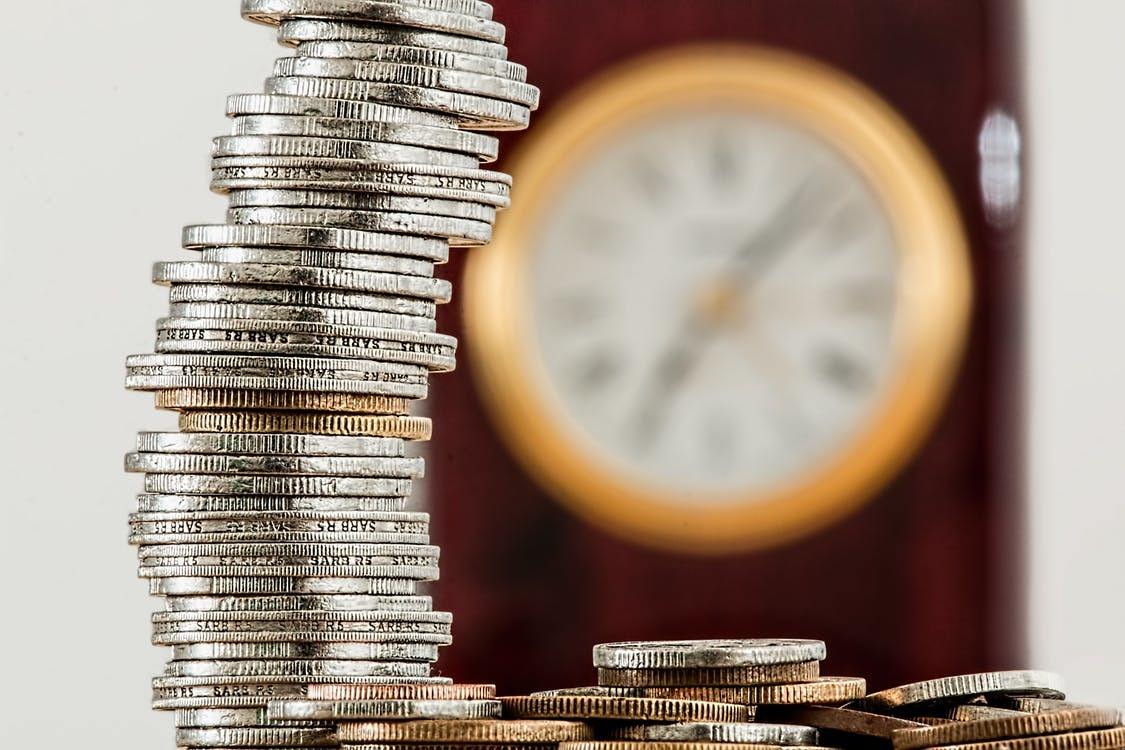- Home »
- Business Bankruptcy »
- Bankruptcy Considerations in a Collections Action

Bankruptcy Considerations in a Collections Action
Consumer Bankruptcy for Collecting Creditors
Understanding what can occur during a collection action can be vital in determining which accounts to pursue. One common occurrence is that the debtor files for bankruptcy. So, what exactly is bankruptcy? Bankruptcy is a procedure that allows debtors to reorganize their debts and potentially liquidate certain assets. It also allows a debtor to receive a discharge of certain debts, meaning the debtor does not have to pay certain debts. There are several types of bankruptcy filings, depending on the type of entity owing the debt and the amount of the debt owed versus income.
Types of Consumer Bankruptcy — Chapter 7 and Chapter 13
In the consumer collection area, there are two types of consumer bankruptcy filings that may likely be encountered. The first is a Chapter 7 liquidation, in which the debtor liquidates any of its assets that are not excluded by applicable federal and state law. The second is a Chapter 13 reorganization, in which the debtor proposes to pay its creditors some of what they are owed over time (3 to 5 years.); the debtor will file a Chapter 13 Plan that sets forth how the debtor proposes to do this.
Purpose of the Bankruptcy Process
The purpose of filing a bankruptcy is for the debtor to receive a discharge from personal liability for pre-petition debt (debt incurred prior to the date of the bankruptcy filing, known as the petition date). The bankruptcy filing provides a stay of any collection actions against property of the debtor’s estate, including wage execution and bank levies, as well as individual creditors seeking payment from the debtor. This means that the creditors cannot continue any collection actions against the debtor while the bankruptcy is pending (i,e., lawsuits, collection letters, calls to the debtor for payment, etc).
Once having filed for bankruptcy, the debtor must notify all of their creditors of the filing. If you receive a bankruptcy filing notice, you should immediately stop all collection efforts. From that point on, all communications with the debtor must be through their bankruptcy counsel.
How an Automatic Stay Affects a Collections Action
While the automatic stay is in place, all collection efforts must stop. If collection efforts continue, monetary sanctions can be imposed by the court. So, instead of getting money from the debtor, who owes the creditor money, the creditor will end up having to pay the debtor. This is not a position you want to be in if you are a creditor. While the standard for imposing sanctions is generally a “willful violation,” the courts have some discretion as to what monetary sanction to impose, if any, and you can’t un-ring the bell, so once a violation has occurred there is no way for you to undo it.
A secured creditor can, however, still pursue its secured property by getting Bankruptcy Court approval. The creditor must be a perfected secured creditor, which means the creditor must have followed applicable state laws for perfecting its security interest (e.g., notation on the title to a vehicle, properly recording a mortgage or lien, etc.).
A creditor may file a motion for relief from the automatic stay, which, once granted, lifts the automatic stay to permit the creditor to pursue its secured property by way of either a replevin action (for a car or other equipment) or a foreclosure (for real property). In general, a motion would be granted if post-petition payments on secured debt have not been made (which is the general standard for relief in a Chapter 13) or if there is no equity in the secured assets (which is the general standard for relief in a Chapter 7).
Proof of Claim
Since a Chapter 13 filing is a reorganization of the debtor’s liabilities, creditors must file claims which set forth the amount that the debtor owes, what is referred to as a proof of claim. The proof of claim should contain the claim amounts owed by the debtor for pre-petition liabilities only. The claims must be filed by a certain deadline established in each case, and it is vital that this deadline not be missed. The proof of claim must also state the basis for the debt and include applicable supporting documentation (e.g., a copy of any contract, invoices, copy of the accounting setting forth the amount owed, etc.).
There are no Proof of Claims filed in Chapter 7 unless it is an “asset case,” which means that the debtor has non-excluded property that will be liquidated by the Chapter 7 trustee to generate funds to be made available to creditors. It is common for consumer Chapter 7 bankruptcies to have no distributions to creditors. It is always best to file a proof of claim in a Chapter 13, even if the creditor agrees with how the debt is listed in the debtor’s schedules, because in failing to do so you may have waived your right to any distribution.
Length of Bankruptcy
In a Chapter 13, the debtor will propose a plan as to how they intend to repay their creditors, generally over a period of several years. The creditors may object to the plan. Such objections may be if a secured creditor is not fully provided for in the plan or if the debtor is not using all disposable income to fund the plan.
Generally, a Chapter 7 may take around 4 to 6 months from the petition date to discharge of debts and case closure. A Chapter 13 will take around 3 to 5 years from the petition date to discharge of debts and case closure, unless the debtor does not make their plan payments, whereby the case could be dismissed. If the case is dismissed then no discharge is entered and the creditors may continue with a collections action for all amounts owed by the debtor.
How does a Bankruptcy End?
Once the debtor has made all of the payments required under the Chapter 13 Plan (after the 3 to 5 year period), a discharge and final decree is entered by the Court. Once this occurs, creditors are permitted to pursue amounts owed by the debtor, for all post-petition amounts due. In general, it is best to write off any pre-petition debts.
There are some limited situations in which liens would survive the discharge (i.e., condominium liens, money judgment liens docketed against the real property) which could be foreclosed after the bankruptcy case is closed; however, in general, any pre-petition money judgment would be discharged in bankruptcy. This means that the debtor would not be personally responsible for the payment on the judgment.
Conclusion
While many things can occur during a collection action or bankruptcy action, knowing how to navigate those occurrences will help a business owner understand which accounts can be collected and when counsel needs to get involved, which ultimately will help you save time and reduce unnecessary attorney fees.
We think you’ll also like:
- 90-Second Lesson: Personal Chapter 7 Bankruptcy Petition, Are Single-Member LLC Assets Safe from the Trustee?
- Dealing with Corporate Distress 07: Chapter 11 is Not Always the Answer: Strategic Alternatives For and Against Distressed Businesses
- Subchapter V of Chapter 11: A User’s Guide
[Editors’ Note: To learn more about this and related topics, you may want to attend the following on-demand webinars (which you can watch at your leisure, and each includes a comprehensive customer PowerPoint about the topic):
This is an updated version of an article originally published on October 12, 2015 and previously updated April 10, 2020.]
©2024. DailyDACTM, LLC d/b/a/ Financial PoiseTM. This article is subject to the disclaimers found here.
About Allyson V. Cofran
Allyson Cofran is an Associate and member of Stark & Stark’s Bankruptcy & Creditor’s Rights Group where she concentrates her practice in bankruptcy, replevins and collections. Ms. Cofran frequently counsels cooperative, condominium and homeowners associations in collection matters concerning property owners with post-petition delinquent assessments. Ms. Cofran consults clients on compliance with the Fair Debt Collection Practices Act (FDCPA) and…

Related Articles
What Secured Lenders Should Know If Their Borrower Files for Bankruptcy
Selling Distressed Assets: The Assignment for the Benefit of Creditors Alternative
Chapter 11 Reporting Requirements: How Debtors Must Stay Transparent
Dealing with Corporate Distress 07: Chapter 11 is Not Always the Answer: Strategic Alternatives For and Against Distressed Businesses
3 Special Issues in Healthcare Restructurings
Dealing with Corporate Distress 06: Four Basic Chapter 11 Concepts to Know Before We Go any Further
Session expired
Please log in again. The login page will open in a new tab. After logging in you can close it and return to this page.
